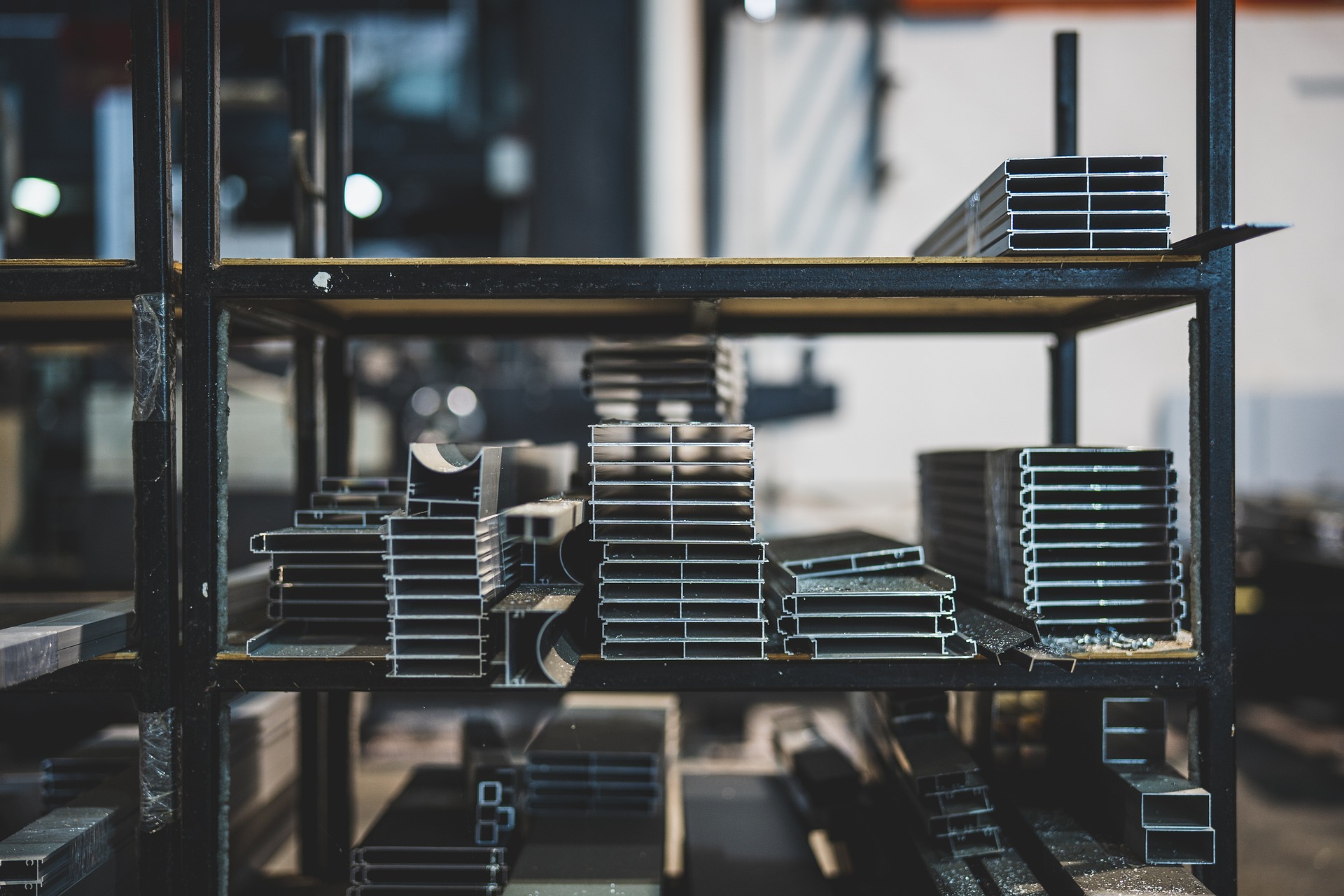Stainless steel is one of the most commonly chosen materials for laser cutting. It is highly resistant to corrosion, making it ideal for use in harsh environmental conditions. Due to its strength and aesthetic appeal, stainless steel is often used in the food, medical, and furniture industries, as well as in decorative elements. Laser cutting stainless steel allows for clean and precise edges, which is critical in many applications.
Advantages:
- Corrosion Resistance: Stainless steel is known for its resistance to rust and corrosion, making it ideal for applications in environments exposed to moisture and chemicals.
- Aesthetics: Stainless steel has an attractive appearance, often used in consumer products, decorations, and architecture.
- Durability: It is strong and has a long lifespan.
Disadvantages:
- Cost: Stainless steel is more expensive than other metals, which can increase production costs.
- Thickness: Cutting very thick stainless steel can be more challenging and may require advanced lasers.

Aluminum is a lightweight yet strong metal, making it an excellent choice for laser cutting. It is corrosion-resistant and has high thermal conductivity, making it popular in the aerospace, automotive, and electronics industries. Laser cutting aluminum enables the creation of complex shapes and patterns with high precision, which is impossible to achieve with traditional methods.
Advantages:
- Lightweight: Aluminum is significantly lighter than steel, making it ideal for applications where weight is important, such as in aerospace and automotive industries.
- Corrosion Resistance: Like stainless steel, aluminum has good corrosion resistance
- Ease of Processing: Aluminum is soft and easy to cut, allowing for precise and fast detailing
Disadvantages:
- Price: Aluminum can be more expensive than some other metals, though usually cheaper than stainless steel.
- Strength: Aluminum is less strong than steel, which can be a drawback in some applications.
3 & 4. Copper and Brass

Copper and brass are metals with excellent conductive properties, making them ideal for electrical applications. Laser cutting these metals can be challenging due to their high reflectivity, but modern laser technologies can handle this issue, offering precise and clean cuts. Copper and brass are frequently used in the electrical, decorative, and tool manufacturing industries.
Advantages:
- Conductivity: Copper and brass are excellent electrical and thermal conductors, making them ideal for electrical and thermal applications.
- Aesthetics: Copper and brass have a distinctive, attractive appearance, valued in decorations and finishes.
Disadvantages:
- Reflectivity: Copper and brass are highly reflective materials, which can be challenging for laser cutting. This requires specialized lasers with appropriate wavelengths.
- Cost: Copper and brass are generally more expensive than steel and aluminum.
5. Carbon Steel

Carbon steel is one of the most affordable and readily available materials for laser cutting. It is characterized by high strength and hardness, making it ideal for use in construction, machinery production, and heavy industry. Laser cutting carbon steel allows for the quick and efficient processing of large quantities of material, which is crucial for mass production.
Advantages:
- Cost:Carbon steel is one of the more affordable materials available, making it an economical choice for many industries, including construction, automotive, and manufacturing.
- Strength: It is very strong and can be used in constructions requiring high loadbearing capacity.
Disadvantages:
- Corrosion: Carbon steel is susceptible to corrosion, meaning it needs proper protection such as painting or galvanizing.
- Weight: It is heavier than aluminum, which can be a disadvantage in applications where weight is a critical factor.
Summary
Choosing the right material for laser cutting metal is crucial for achieving optimal results in any project. The decision depends on various factors such as corrosion resistance, strength, weight, thermal conductivity, and cost. Each material offers specific benefits and challenges that should be considered based on the application and desired outcomes.
Stainless steel, for example, is highly favored for its excellent corrosion resistance, making it ideal for environments exposed to moisture or chemicals. It also has impressive strength and durability, which is why it’s used in industries like construction, automotive, and architecture. However, its higher cost compared to other metals and the challenge of cutting thick stainless steel, often requiring advanced laser technology, can be a drawback.
Aluminum is another popular material due to its lightweight nature and ease of processing. It’s often used in aerospace, automotive, and consumer goods where weight is a key consideration. While it’s less strong than steel, it has good corrosion resistance and is easier to cut precisely, making it suitable for detailed work.
Copper and Brass are chosen for their excellent thermal and electrical conductivity, often used in electrical applications. However, both are softer metals and can be more reflective, presenting challenges in laser cutting that require careful adjustments to avoid overheating or imperfections.
Carbon steel, on the other hand, is a strong and affordable option, making it common in structural and industrial applications. Although it may lack the corrosion resistance of stainless steel or aluminum, it compensates with its robustness and cost-effectiveness.
Understanding the unique properties of these metals is essential to selecting the right material for your laser cutting project, ensuring that you achieve precision, efficiency, and performance while staying within budget.




